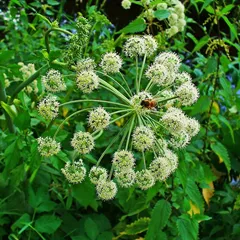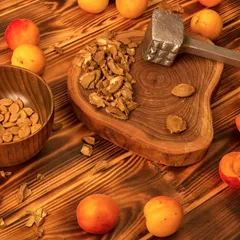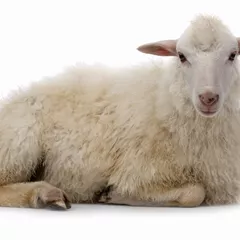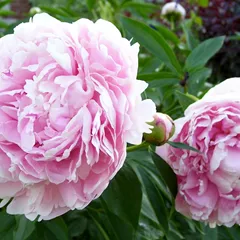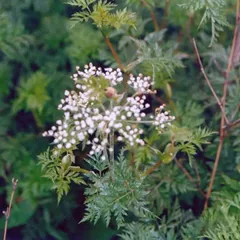Postpartum weakness according to Chinese Medicine
The information provided here is not a replacement for a doctor. You shouldn't use it for the purpose of self-diagnosing or self-medicating but rather so you can have a more informed discussion with a professional TCM practitioner.
In Chinese Medicine, postpartum weakness is sometimes associated with Blood Deficiency and Stagnation, a so-called "patterns of disharmony". Chinese Medicine sees the body as a system, not a sum of isolated parts. A "pattern" is when the system's harmony is disrupted. It is not equivalent to the Western concept of "disease" because both concepts arise from totally different ways of seeing the human body.
To understand whether someone's postpartum weakness might be caused by the pattern Blood Deficiency and Stagnation, one needs to look for signs and symptoms associated with the pattern beyond what one might typically experience from postpartum weakness alone. Indeed if postpartum weakness is caused by Blood Deficiency and Stagnation, patients also experience symptoms such as dizziness, blurred vision, lusterless complexion and nails and muscle tension. Similarly, patients with Blood Deficiency and Stagnation typically exhibit choppy (Se), fine (Xi) or wiry (Xian) pulses as well as a pale tongue.
We've listed below a more detailed description of Blood Deficiency and Stagnation so that you can have a better understanding of where postpartum weakness might find its root according to Chinese Medicine.
Once identified, patterns are often treated using herbal formulas. Drinking herbal infusions is the most common remedy in Chinese Medicine, together with acupuncture. Here we detail below three formulas that can help treat Blood Deficiency and Stagnation.
Blood Deficiency and Stagnation, a "pattern of disharmony" associated with postpartum weakness

Prepared Rehmannia (Shu Di huang) is the key herb for Si Wu Tang, a formula used for Blood Deficiency and Stagnation
Blood Deficiency and Stagnation
Pulse type(s): Choppy (Se), Fine (Xi), Wiry (Xian)
Tongue color: Pale
Recommended herbal formula: Si Wu Tang
Symptoms: Insomnia Dizziness Amenorrhea Palpitations Blurred vision Muscle tension Lower abdominal pain Irregular menstruation Thin body lacking strength Lusterless complexion and nails
Postpartum weakness might be due to Blood Deficiency and Stagnation if the condition is paired with typical pattern symptoms such as dizziness, blurred vision, lusterless complexion and nails and muscle tension. Similarly, patients with Blood Deficiency and Stagnation typically exhibit choppy (Se), fine (Xi) or wiry (Xian) pulses as well as a pale tongue.
The three herbal formulas that might help with postpartum weakness



The top herbs in Si Wu Tang are Prepared Rehmannia (Shu Di huang), White Peony Roots (Bai Shao) and Dong Quai (Dang Gui)
Si Wu Tang
Source date: 846 AD
Number of ingredients: 4 herbs
Key actions: Restores and nourishes Blood. Stimulates Blood circulation.
Why might Si Wu Tang help with postpartum weakness?
Because it is a formula often recommended to help treat Blood Deficiency and Stagnation, a pattern sometimes associated with postpartum weakness. If it looks like you might suffer from Blood Deficiency and Stagnation, this formula might help (although please seek confirmation with a professional practitioner beforehand).
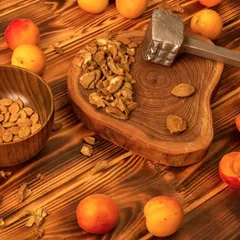
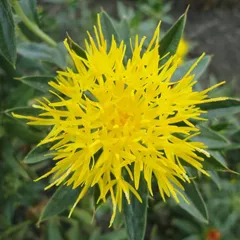

The top herbs in Tao Hong Si Wu Tang are Peach Kernels (Tao Ren), Safflowers (Hong Hua) and Dong Quai (Dang Gui)
Tao Hong Si Wu Tang
Source date: 1291 AD
Number of ingredients: 6 herbs
Key actions: Tonifies Blood and regulates the Liver. Moves Qi and Blood in the lower abdomen. Stops pain.
Why might Tao Hong Si Wu Tang help with postpartum weakness?
Because it is a formula often recommended to help treat Blood Deficiency and Stagnation, a pattern sometimes associated with postpartum weakness. If it looks like you might suffer from Blood Deficiency and Stagnation, this formula might help (although please seek confirmation with a professional practitioner beforehand).
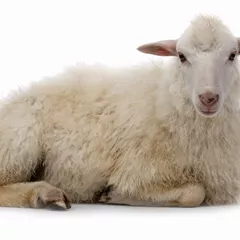

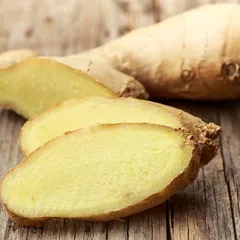
The top herbs in Dang Gui Sheng Jiang Yang Rou Tang are Muttons (Yang Rou), Dong Quai (Dang Gui) and Fresh Ginger (Sheng Jiang)
Dang Gui Sheng Jiang Yang Rou Tang
Source date: 220 AD
Number of ingredients: 3 herbs
Key actions: Warms the Interior. Nourishes the Blood. Alleviates Pain.
Why might Dang Gui Sheng Jiang Yang Rou Tang help with postpartum weakness?
Because it is a formula often recommended to help treat , a pattern sometimes associated with postpartum weakness. If it looks like you might suffer from , this formula might help (although please seek confirmation with a professional practitioner beforehand).
Symptoms related to postpartum weakness
Dizziness Blurred vision Lusterless complexion and nails Muscle tension Insomnia Palpitations Thin body lacking strength Irregular menstruation Amenorrhea Lower abdominal pain


